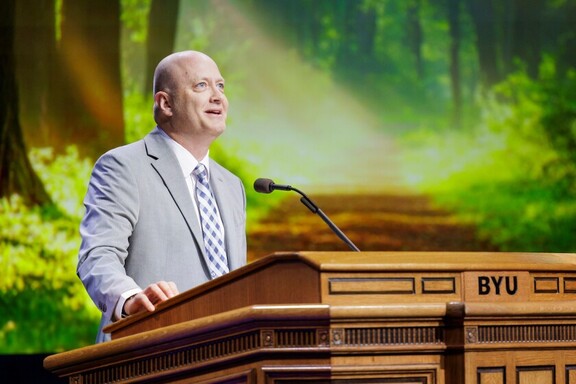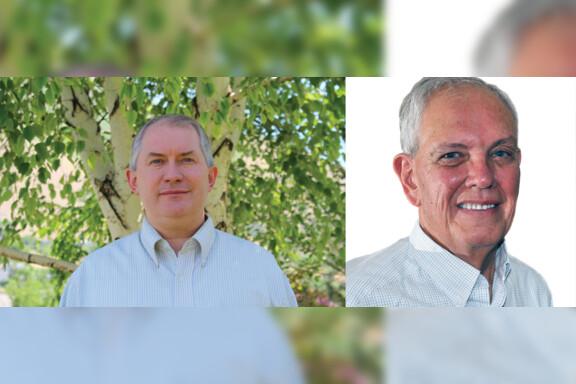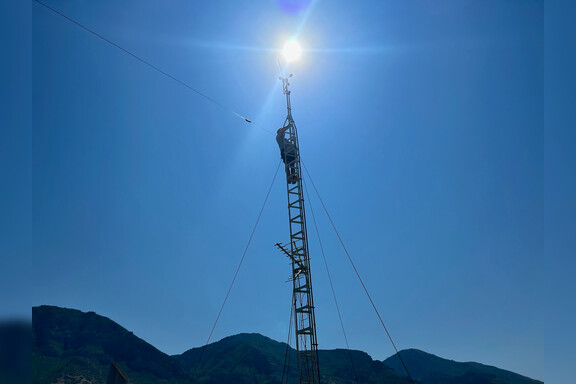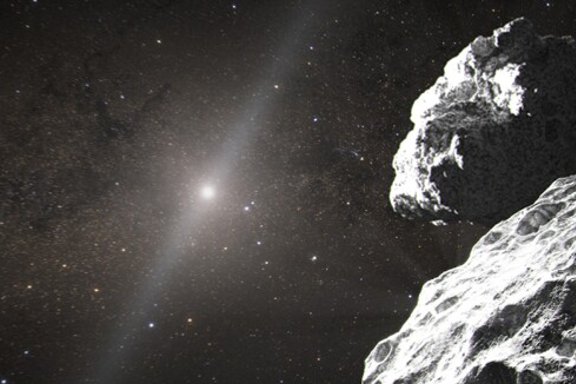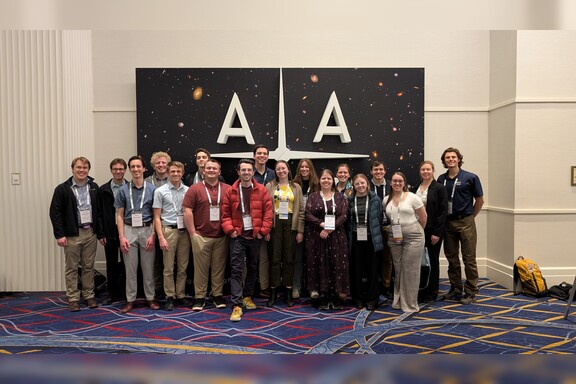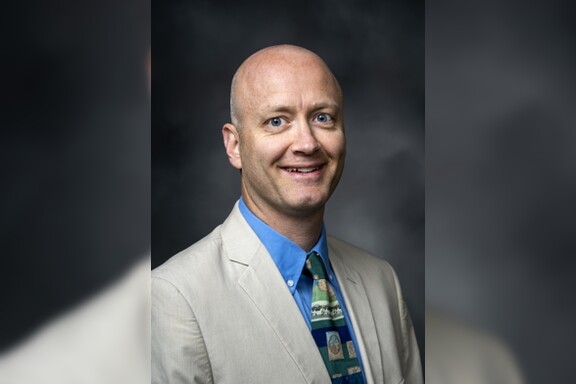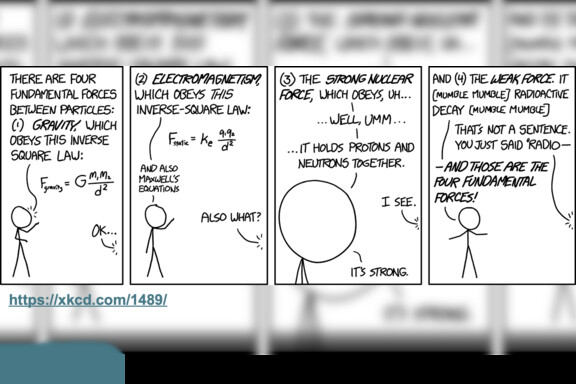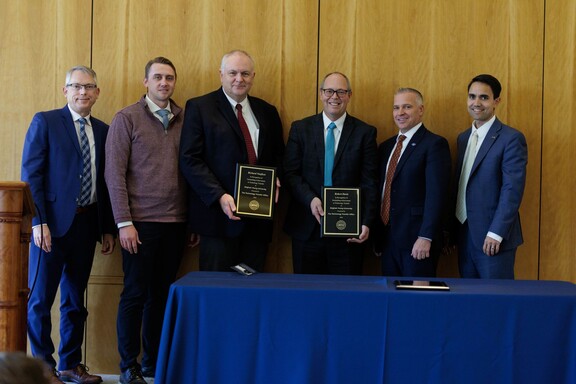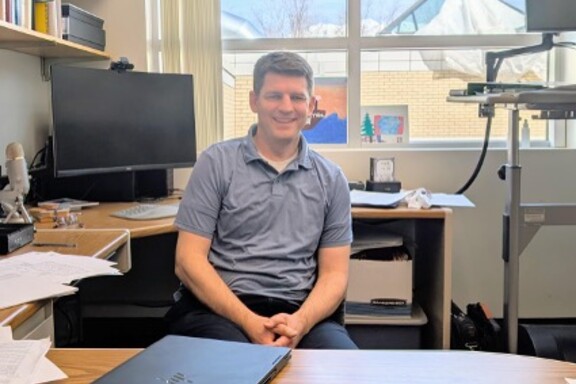While the nation fixated on John Glenn orbiting the earth in 1962, 11-year old Gary Stradling discovered his passion for science and a desire to make a change in the world. “I was a farm boy who was not academically inclined,” Stradling said. “Going to BYU and experiencing the faculty and other students in a challenging environment that required me to study, to work hard, and to produce competent work was really important.”
The connections he made and the education he earned at BYU led him along an adventurous path to his current job. Stradling currently works as the chief of the Monitoring and Verification Technologies Office in the Defense Threat Reduction Agency (DTRA), which focuses on compliance with international agreements, specifically in arms control.
Stradling's interest in working with the DTRA was stemmed when he reread college level geology. “It was interesting and exciting. Much of that science was developed since I got my doctorate,”” Stradling said. “I am as active in learning new stuff now as I ever was. It's necessary in order to do this work.”
Stradling received his bachelor's and master's degrees in physics at BYU. He went on to get another master's and a PhD in applied science and plasma physics from the University of California, Davis, while working at the Lawrence Livermore National Laboratory
Before Stradling's current job at DTRA, he served 31 years at Los Alamos National Lab, which included two tours in the Office of the Secretary of Defense (OSD).
Although running a government office involves dealing with numerous levels of bureau- cracy, Stradling still relies on his knowledge of physics to get the job done.
“There is the scientific aspect of understanding the technical problems that need to be solved, finding people who have the capacity to solve the problem, and working with them to de- velop the solution,” Stradling said. “The way that I approach a problem is to say ‘what is the right way to do this based on my physics understanding and development experience?'”
While he may not be the world expert in any single topic, Stradling loves where his career has taken him. He loves the diversity of science he works with, and is glad for the opportunity to make the world better.
“I get to make meaningful contributions to national security, do things that make a difference, and have opportunities to affect the nation's approach to some really difficult problems,” he said.
From newsletter 2015
News and Events
